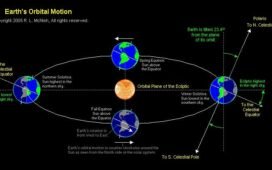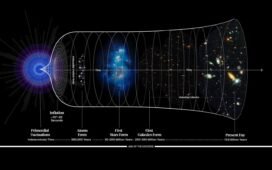From high school through the professional ranks, physicists still take incredible lessons away from Newton’s second law.
If there’s one equation that people learn about physics — and no, not Einstein’s E = mc² — it’s Newton’s F = ma. Despite the fact that it’s been in widespread use for some ~350 years now, as that’s how much time has elapsed since Newton first put it forth in the late 17th century, it rarely makes physicists’ lists of most important equations. Yet it’s the one equation that physics students learn more than any other at the introductory level, and it remains important at every level as we advance:
- through our undergraduate educations,
- through graduate school,
- among physics and engineering professionals,
and even when we move on to rocket science, calculus, and some very intense, advanced, and esoteric concepts.
F = ma, despite its apparent simplicity, keeps on delivering new insights to those who study it, just as it’s done for centuries. Part of the reason why it’s so undervalued is because it’s so widespread. After all, if you’re going to learn anything about physics, you’re going to learn about Newton, and this very…















